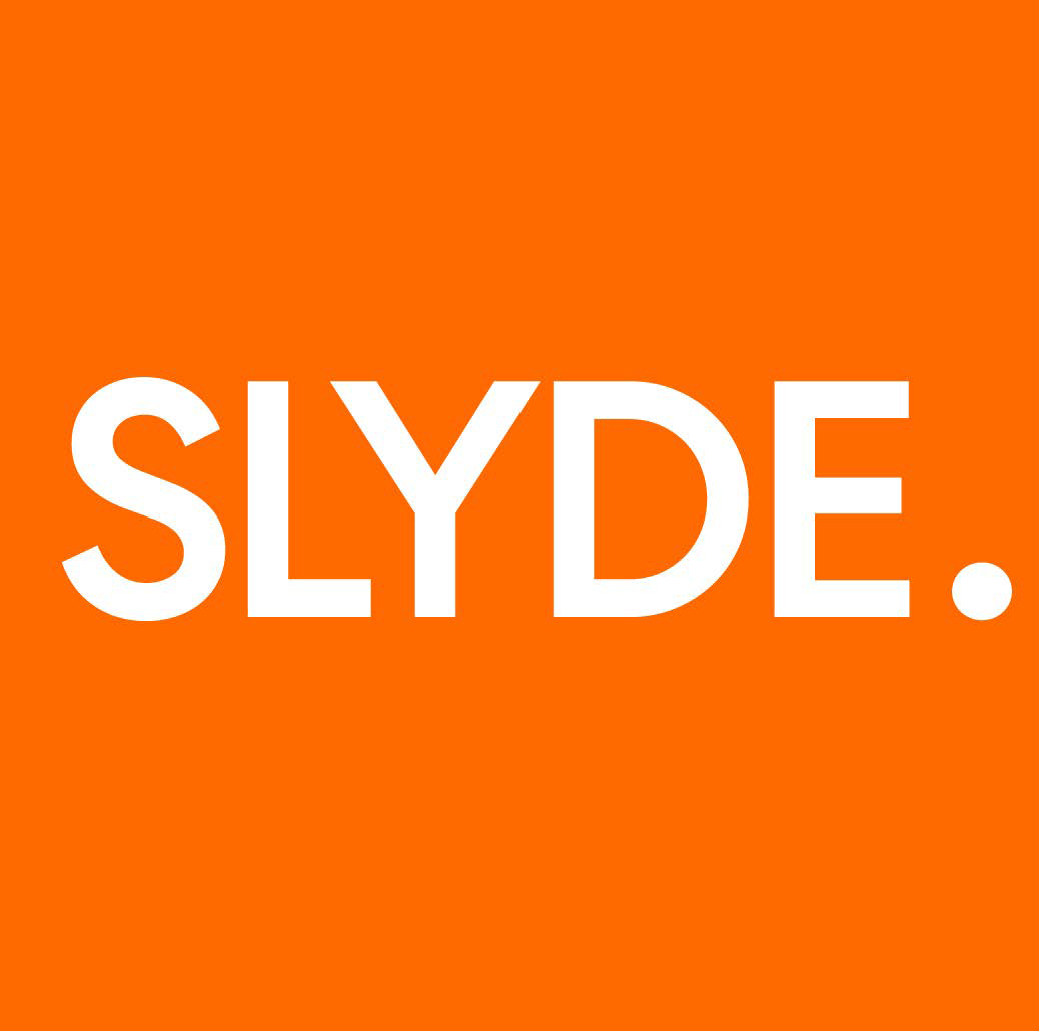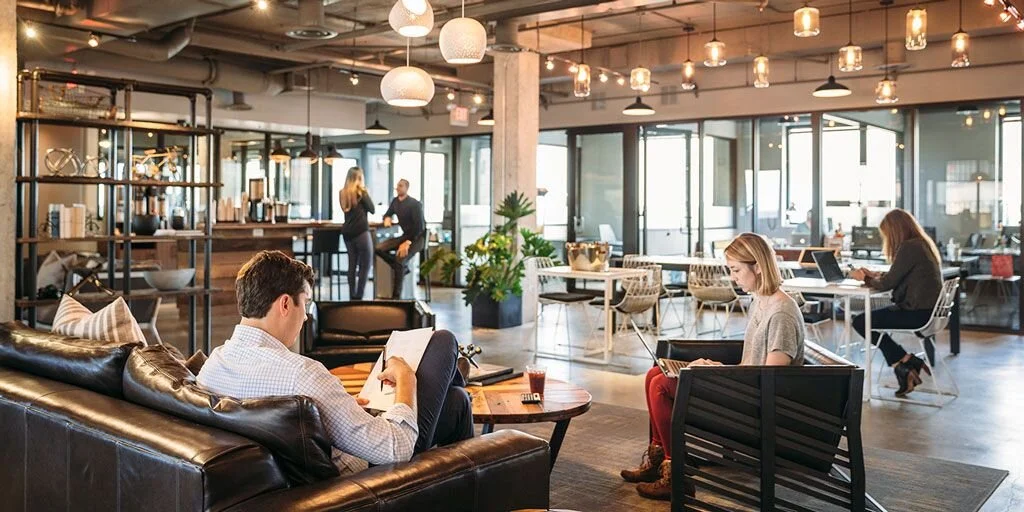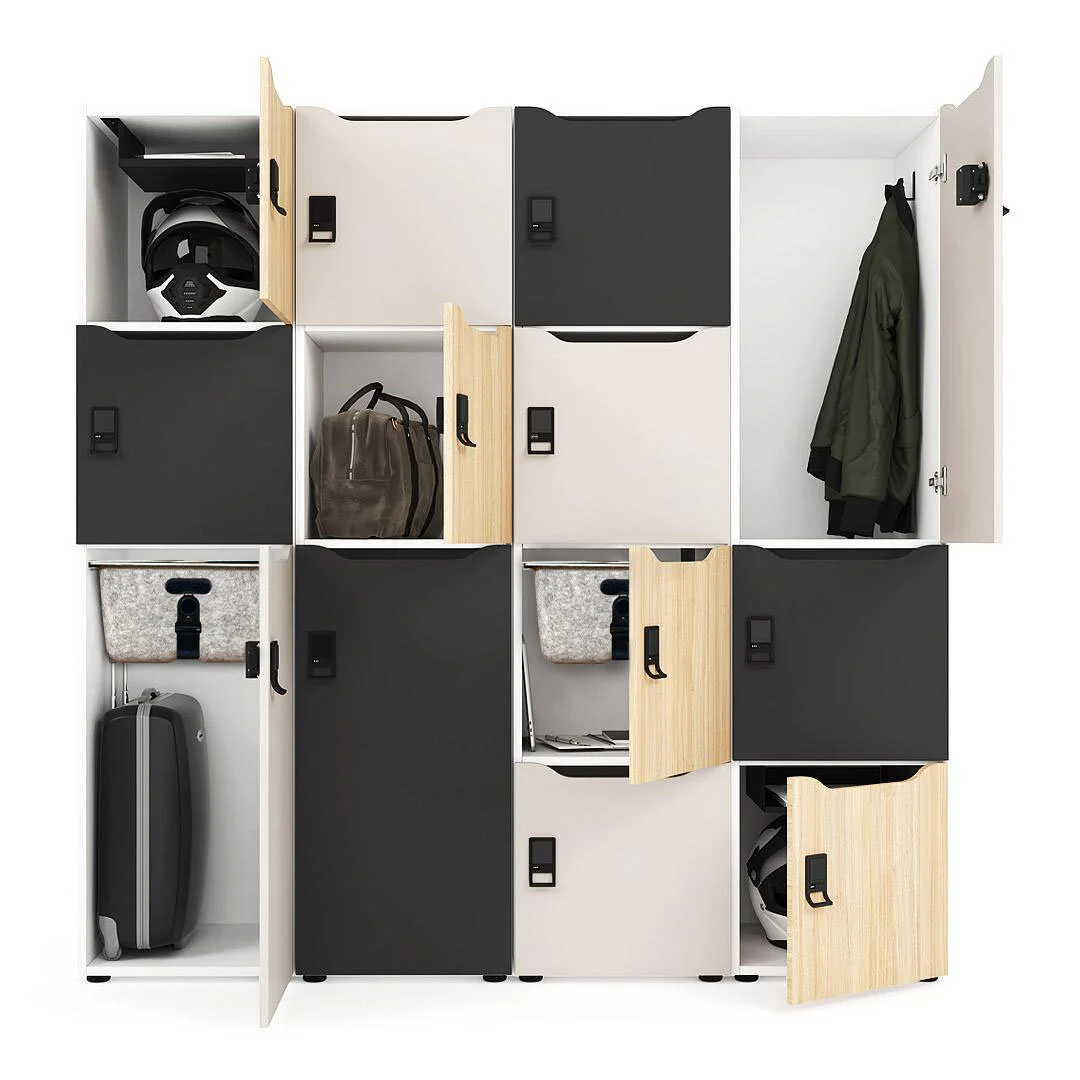Workspace Resolutions (Part 1) - Hybrid Layouts
Hybrid is here. It’s sort of become a secondary tagline for us. Because it’s true.
This past year, Slyde saw as companies of all sizes were rapidly making the shift to hybrid workspaces to embrace newer standards in space, design, and well-being. From our point of view, this isn’t stopping in 2022. If anything, as we start to slowly emerge from the pandemic, we’re beginning to have a clearer picture of its long-term impact on all ways of life. When it comes to the workplace, for a lot of businesses this means going hybrid (better get used to that word). It means adapting to new models. And with new working models comes the need for updated office spaces to accommodate.
But look, we get it. Making a dramatic shift in workplace layout and design can seem like a daunting task. But it doesn’t have to be. Which is why here at Slyde, we wanted to make things easier for all you managers, entrepreneurs, or young professionals thinking about an office revamp. Keep reading to explore some of the top layouts and functions we’ve seen businesses implement over the last year that will certainly continue into 2022. Of course, we’re also highlighting some of the best accompanying Slyde products, designed to make adapting to hybrid setups even easier. It is kind of our thing.
Regardless of the specific hybrid model chosen (office-centric, remote-friendly, etc.), careful attention should be given to the office environment employees will be operating within. Because, like when deciding which hybrid work model to choose, as Fit Small Business points out, the physical layout of your space is about listening to your employees and considering what will allow them to be the most comfortable, productive, and agile. We couldn’t agree more. All in all, this means carefully evaluating your dynamic design; from the storage and work tools to the furniture and accessories. Get the ball rolling below!
TOP HYBRID LAYOUTSNeighborhoods
The first and most popular hybrid layout to consider is one that makes use of zones or “neighborhoods.” These tend to be more established quarters, often created through robust dividers that also double as storage areas. They can also be different sections of the office altogether, each with their own atmosphere and environment (such as private or quiet spaces) that cater to diverse employee needs. When using storage dividers to create sections, which are very popular among open-plan spaces, they must be stylish since they’re visible and play into the complete design of an interior. Companies with open-plan offices or large lofts looking for a bit more control and privacy for employees have implemented neighborhoods as a great response for needing a more adaptable office without breaking the bank. As inspiration for the types of structures used, see our EVO Screen pictured below. Acting as a divider, storage, and display all in one, its sleek and modular design makes it easy to fit into any space while simultaneously adding a contemporary edge to the interior.
Hoteling (Reserved Desking)
The next major hybrid format we’ve seen this past year is the concept of “hoteling,” or reserved desking or “hot desks,” which is making great headway particularly toward the end of 2021. With hoteling, employees can reserve specific desks, offices, work rooms, or entire neighborhoods for a set period of time. Often, this is done through a third-party digital management software company, such as Spaceti. Like others among them, Spaceti “brings people back together and powers workplace transformation through technology to create a hybrid, flexible, and data-driven environment.” Hoteling has become very popular among companies that have employees alternate days in office or businesses that are 50/50 in-person/remote. On the whole, companies of all sizes are enjoying the enhanced control, comfort, and agility it’s bringing, especially when operated remotely through an app. Since these spaces are more temporary and may only be used for a few hours at a time, we thought the Slyde TOTem Mini deserved a spotlight here. Like its partner the TOTem Enhanced (see below right), it incorporates a hand-and-shoulder strap, locking options, is lightweight, and is designed to store, organize, and transport daily essentials. Make moving from one reserved space to another or jumping between meetings seamless.
Shared Desking
A common trend we’ve noticed among open-plan offices is a reduction in individual desks, leading to the use of common work surfaces. Certain companies have opted to forgo individual desks altogether and only use communal desks or benches. While this can bring many benefits and fluidity to some companies, we recognized one of the drawbacks individuals were facing with the design: the lack of active personal working space. To address the problem of personal space, we created the Divyde and Divyde 2.0 desktop organizers. Coming in various formats, the Divyde allows users to add a touch of temporary personalization and territory to any common work area. Whether it’s an hour or six, people still need to feel a sense of ownership over their space. As for storage, feel free to check out the Slyde Versa drawer, which mounts under any surface and can house large laptops and bags, or the more traditional Hot Ped with optional locking mechanisms. Now you can implement shared desking with confidence!
Office as Hub
Another layout gaining traction is one that uses the office as a hub with very few, if any desks at all. The idea is to provide a unified space where employees can come in, free from home distractions, and get their work done, moving freely throughout the day while using tablets or laptops. Many leaders have taken inspiration from co-working spaces in adapting this layout to suit their own company. The setup encourages dynamic movement and tends to save costs by not having extensive office equipment. However, there can be one drawback: organization and mobility of work items. Individuals don’t want to lug papers and devices to and from the office and again once present. This leads to bags being tossed about, crumpled or lost documents, and all-around disorganization. However, to support such a versatile working format, we designed the Slyde TOTem Enhanced portable workstation. With a variety of inserts (such as a laptop riser and cellular charging dock) and a sturdy but lightweight felt case, the TOTem allows individuals to easily carry work items and setup an organized and ergonomic workplace in a matter of minutes.
On the topic, we want to take a moment to mention the TOTem can also easily be mounted, docked, and slid under-desks or in a variety of storage structures with EZ-rails. We say this since another change companies are making, particularly with limited personal space, is the integration of communal lockers. Because individuals now have less items in office and the cost and space of a one-to-one locker is extremely high, managers have decided to cut back and minimize wasted space. Although, with this new format comes more concerns over security and cleanliness. Luckily the TOTem Enhanced’s rails allow multiple to fit into a confined (locker) space and stack atop one another. And since they come with a variety of locking methods (RFID, biometric, app, etc.), users can know their work belongings are secure.
One-to-One Desking
Although quickly decreasing in popularity, particularly in high price PSF cities, one-to-one dedicated desking is still the most common type of office, which is why we thought it worth mentioning. In fact, we’ve even seen a dedicated desk offered as an incentive for those working in office three or more days a week. This layout is especially used among companies with an average employee age over 40 who are more used to working from private desks. However, despite this fact, as more and more progressive companies move towards the idea of open-plan or hybrid spaces, managers and leaders are realizing they run the risk of appearing “dated.” Even the most conservative companies are hungry for young talent and recognize it’s just not as accepted any more. Young professionals and Gen Z talent are looking for the natural buzz and creative energy that comes from more fluid design and motion. We await to see how the one-to-one desking layout plays out in the upcoming year.
There it is – the top hybrid layouts and office setups. Hopefully this compiled list can prove a helpful resource when starting the discussion of going hybrid. Of course, there are other things to consider, such as how to fill the space to make the most of your new layout. It’s also essential to consider your team’s needs within the space and any concerns they may have. Luckily, we’re feeling extremely giving this year and will be doing a follow-up to this article next week on 12/14/21. (It’s hard to compact a year’s worth of information into one article without it becoming longer than the Harry Potter series, so we decided to do it in two).
Be sure to check back in next week for “Office Resolutions (part 2) – Hybrid Accessories.” We’ll be highlighting ways to effectively utilize your workspace as well some top considerations when designing a new office. Until then, feel free to stay up to date on our socials below for periodic updates. Or just give us a call to see how we can help you today. We love calls.
But actually.














